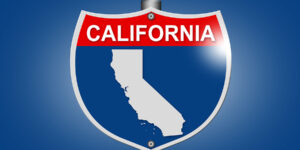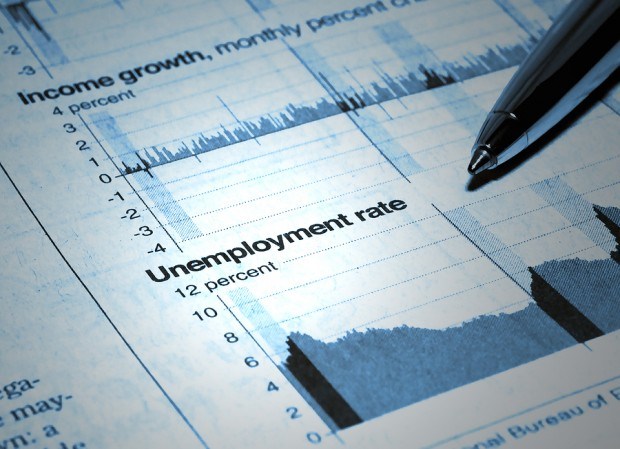An odd puzzle is taking shape in the labor market: Over the past three years, the number of job openings has risen almost 50 percent, but actual hiring has gone up by less than 5 percent.
Executive Summary
In his Bloomberg View column, Peter Orszag, vice chairman of corporate and investment banking and chairman of the financial strategy and solutions group at Citigroup Inc., reviews three possible explanations for the gap between advertised job openings and jobs actually being filled in the United States.To get some sense of how significant this is, consider that if, since June 2010, hiring had risen a third as much as advertised jobs have (rather than only a 10th), and nothing else were different, job creation would be roughly 500,000 higher each month, and the unemployment rate would already be back to normal levels.
So what explains the yawning gap between jobs open and jobs filled?
One possibility is that there is a mismatch between the work that companies need done and the skills that workers have. As Peter Newland of Barclays Plc has said, “We believe that this divergence between openings and hiring is consistent with our view that some of the loss of employment during the recession was structural, rather than purely cyclical, in nature.”
Such a structural mismatch may well explain part of the gap, yet it seems unlikely that it explains most of it. After all, job openings in the retail trade have doubled over the past three years, while hiring has been flat. Is it plausible that we lack qualified workers for these jobs?
Wage Calculations
A second explanation is that employers are offering jobs at wages that are too low to attract good applicants. Alan Krueger, a labor economist at Princeton University who recently stepped down as chairman of President Barack Obama’s Council of Economic Advisers, believes this to be an important piece of the puzzle. He argues that the unemployment rate for those just recently out of work has now returned to roughly pre-crisis levels, and that people who have been out of the labor force for an extended period are exerting little downward pressure on wage rates. This combination means that, although the long-term unemployed still face a tough road ahead because they are essentially on the margins of the labor market, pressure is growing for higher wages for everyone else.
Under this view, companies have simply not yet adjusted their wage offers. Some support for this perspective comes from experimental data in the jobs survey, which show that the job- offer rate has risen most sharply (relative to hiring) for establishments with 10 to 250 workers. Such small businesses may have more trouble than larger ones in assessing the broader labor market.
The third possible explanation is that the gap between job advertising and new hires reflects the growing use of companies’ “internal” labor markets. A variety of other indicators— including fewer people moving to take new jobs—suggests that companies are often filling openings from within. Many nonetheless advertise such positions externally, which would boost the job-offer rate in the data. The survey counts only jobs filled from outside a company in its statistics on hiring, so the increase in job-offer rates for this reason would not correspond to an increase in hiring rates.
This possibility doesn’t explain why the gap is wider for smaller businesses, because larger companies have more robust internal labor markets. But it is consistent with anecdotal evidence that external applicants are facing more onerous interview processes and that companies are hiring outside job candidates only slowly and cautiously.
Recruiting Intensity
A related interpretation, favored by Steven Davis of the University of Chicago, Jason Faberman of the Federal Reserve Bank of Chicago and John Haltiwanger of the University of Maryland, is that companies have reduced their “recruiting intensity.” They advertise jobs but don’t have much interest in filling them.
These possible explanations for the openings-hiring gap have substantially different implications. The mismatch theory, which seems the least plausible of the three, is the most depressing, because it implies we’re in for more painful adjustment and sluggish job growth. The Krueger theory suggests that as companies adjust their wage offers to an improving labor market, the gap will narrow. And the notion that internal hiring and recruiting intensity explain things implies that the gap itself is a bit of a mirage.
Regardless of the true explanation, it’s still good news that more jobs are being advertised. That wouldn’t be happening if the economic outlook were entirely bleak.
(Peter Orszag is vice chairman of corporate and investment banking and chairman of the financial strategy and solutions group at Citigroup Inc. and a former director of the Office of Management and Budget in the Obama administration. He is also a columnist for Bloomberg View.)
–Bloomberg Editors: Mary Duenwald, Brooke Sample.





















 Slideshow: Carrier Management’s 2025 Top Editor’s Picks (Unlocked)
Slideshow: Carrier Management’s 2025 Top Editor’s Picks (Unlocked)  Expense Ratio Analysis: AI, Remote Work Drive Better P/C Insurer Results
Expense Ratio Analysis: AI, Remote Work Drive Better P/C Insurer Results  Homeowners Critical of FAIR Plan, State Farm A Year After LA Wildfires
Homeowners Critical of FAIR Plan, State Farm A Year After LA Wildfires  Is the AI Boom a Bubble Waiting to Pop? Here’s What History Says
Is the AI Boom a Bubble Waiting to Pop? Here’s What History Says 